The Impact of COVID-19 on L&D Strategy: A UK Organization Perspective
VerifiedAdded on 2022/11/25
|14
|1245
|54
Presentation
AI Summary
This oral presentation delves into the critical evolution of Learning and Development (L&D) strategies for a large UK-based organization in the wake of the COVID-19 pandemic. It begins with an introduction highlighting the changing operational landscape and the necessity for enhanced employee capabilities, referencing the case of Sainsbury's. The presentation then explores the pivotal role of L&D strategies in fostering employee success and adapting to new work environments, including contactless operations and effective customer communication. It emphasizes the need to invest in and focus on leveraging technology and online modes. The presentation further addresses training needs, including a systematic approach to identify gaps and tailor training programs, outlining factors like motivation, enthusiasm, and clarity. It discusses various training methods, such as classroom and online training, along with their advantages and disadvantages. The evaluation of L&D interventions using the Kirkpatrick Taxonomy is also covered, alongside the importance of Return on Investment (ROI) and external factors impacting L&D plans, such as technological, environmental, and economic changes. The presentation concludes by emphasizing the vital role of L&D in organizational progress, especially in the post-COVID era.
1 out of 14


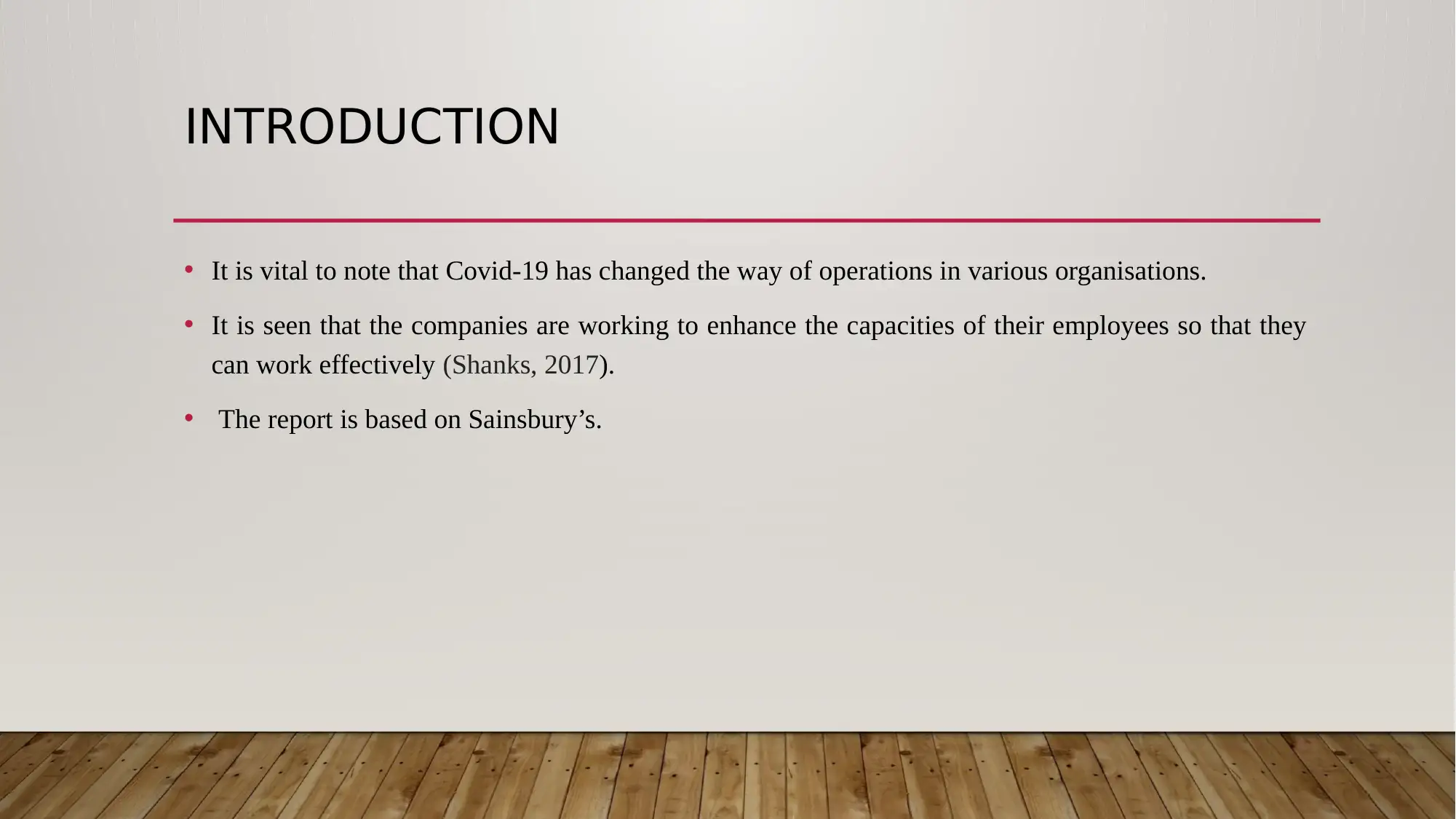

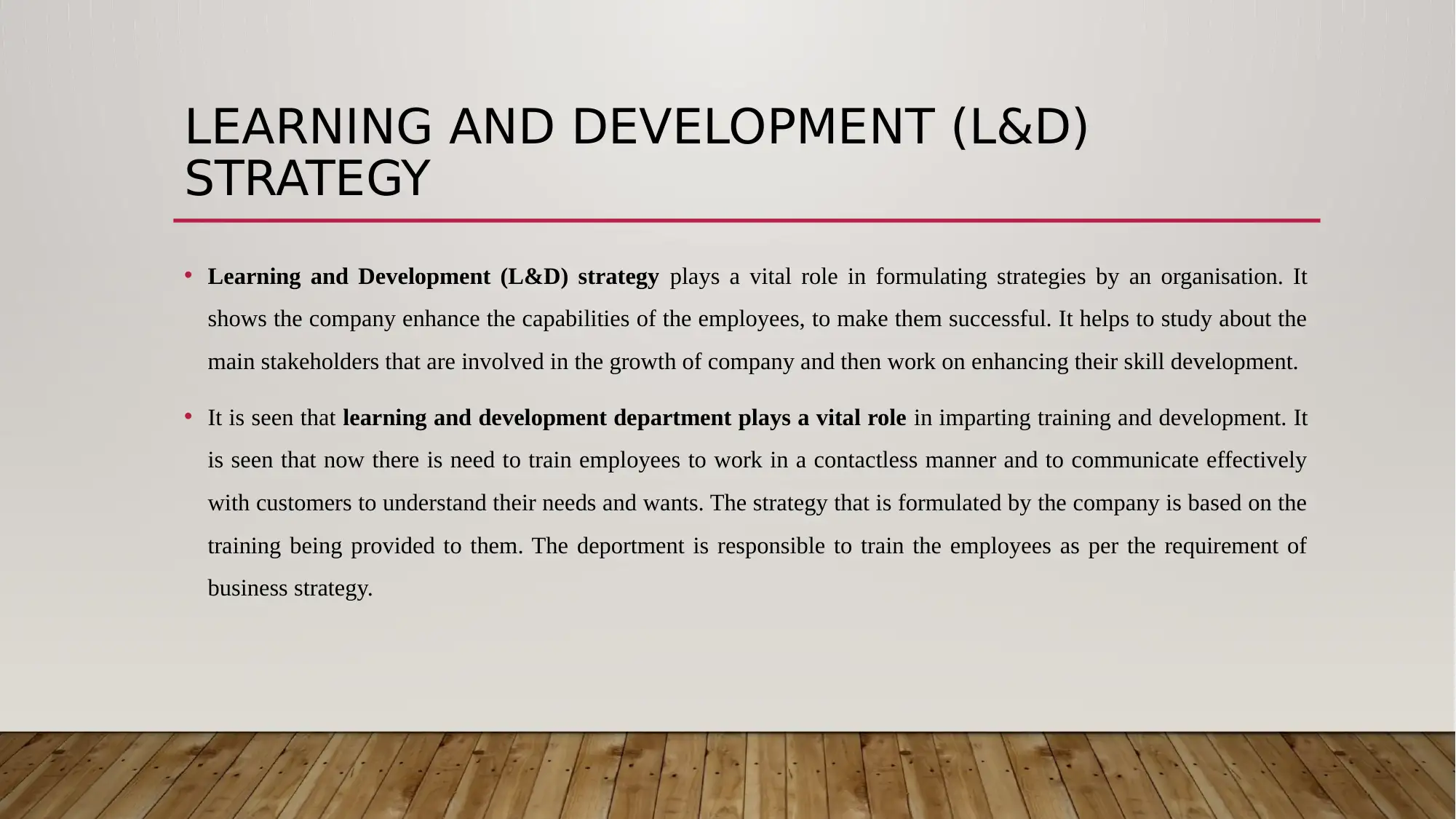
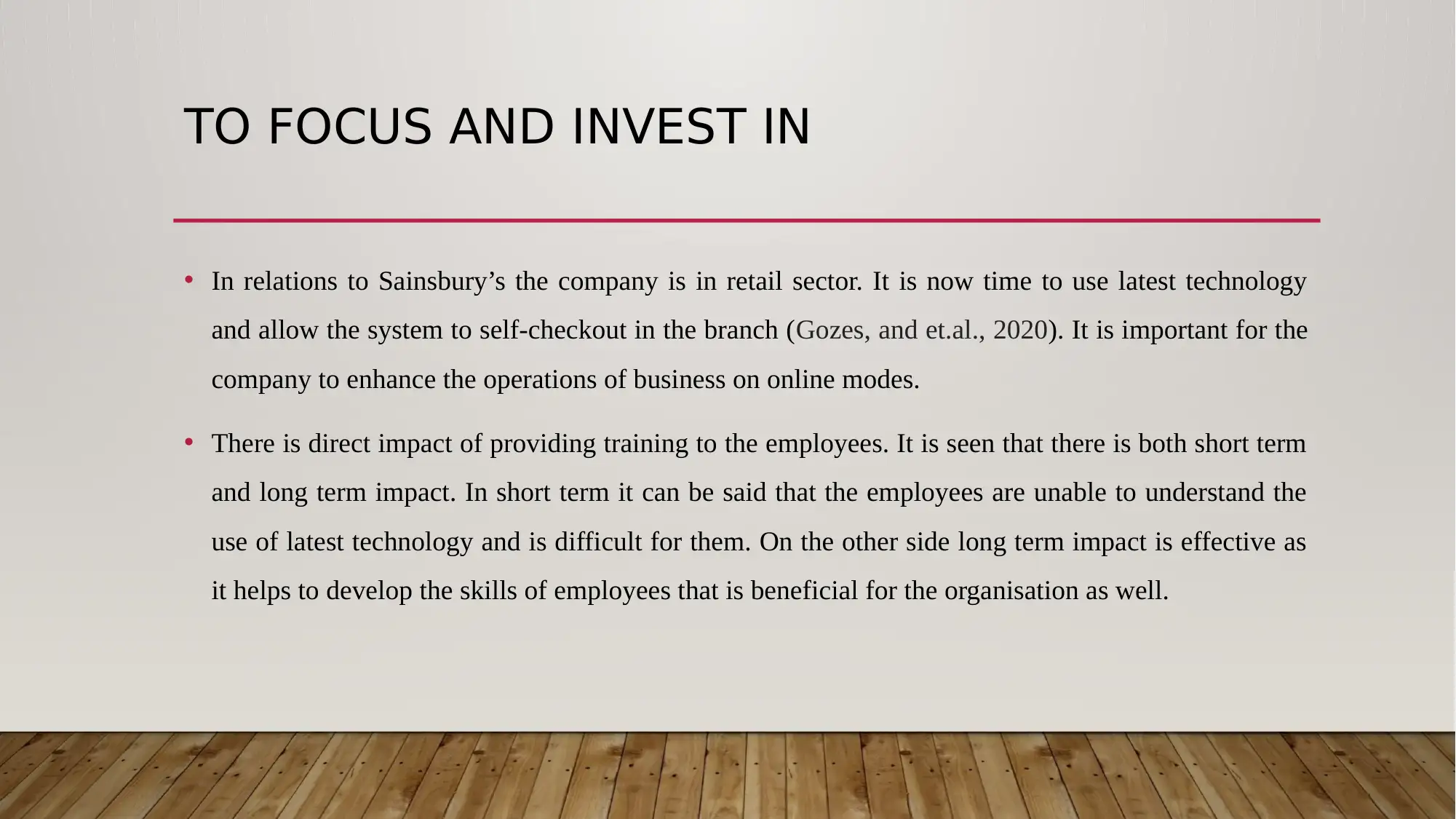
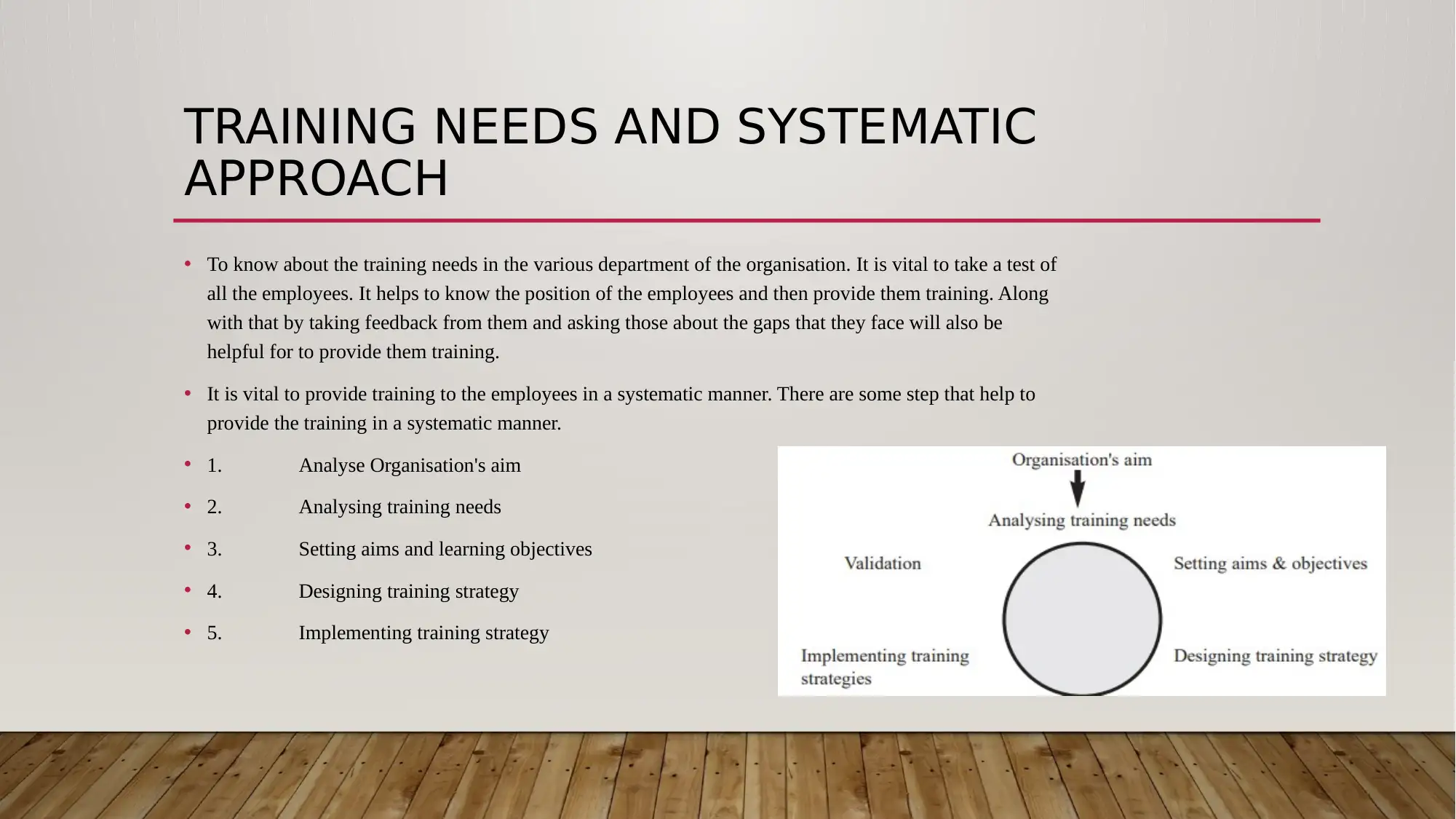

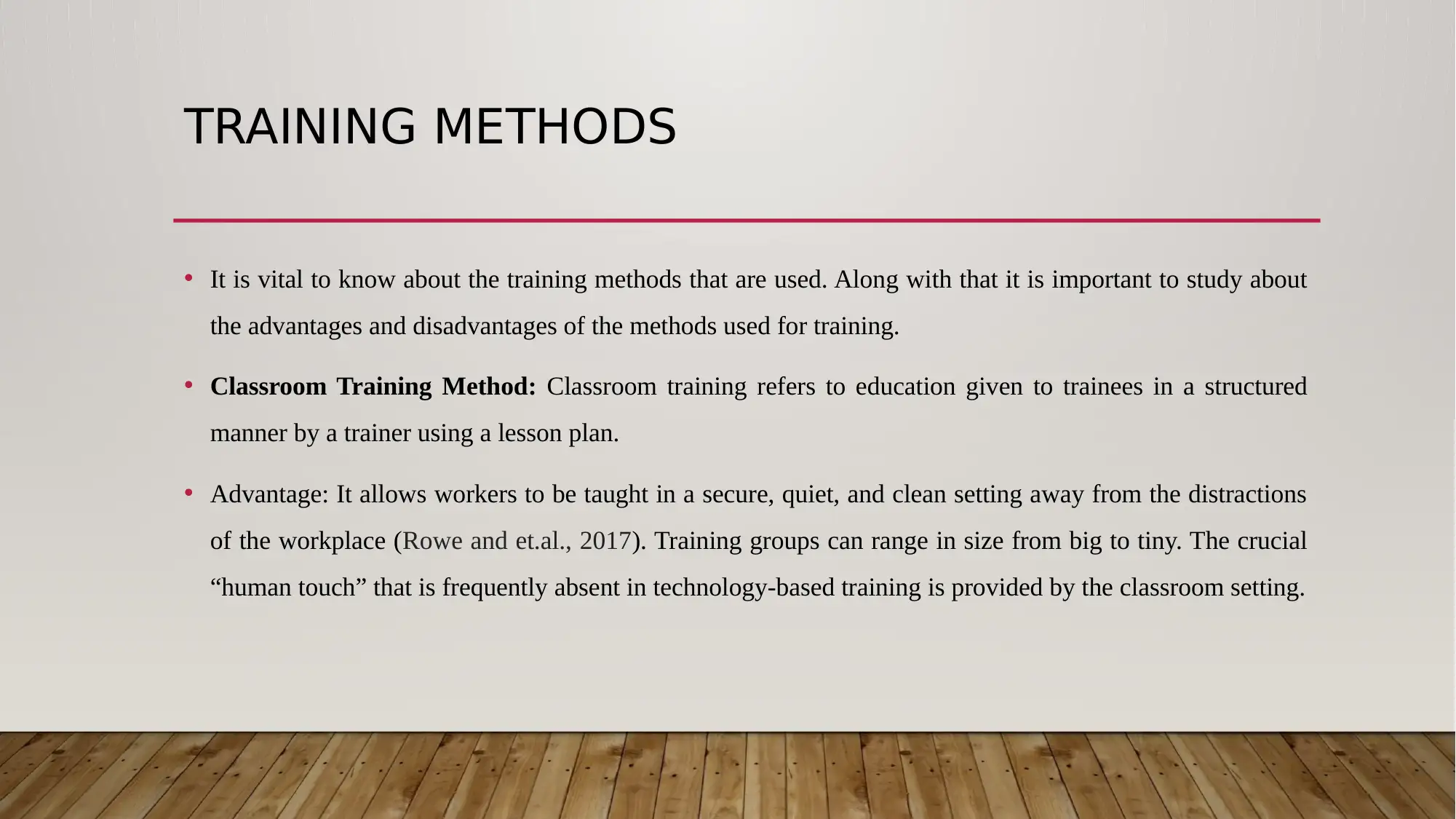
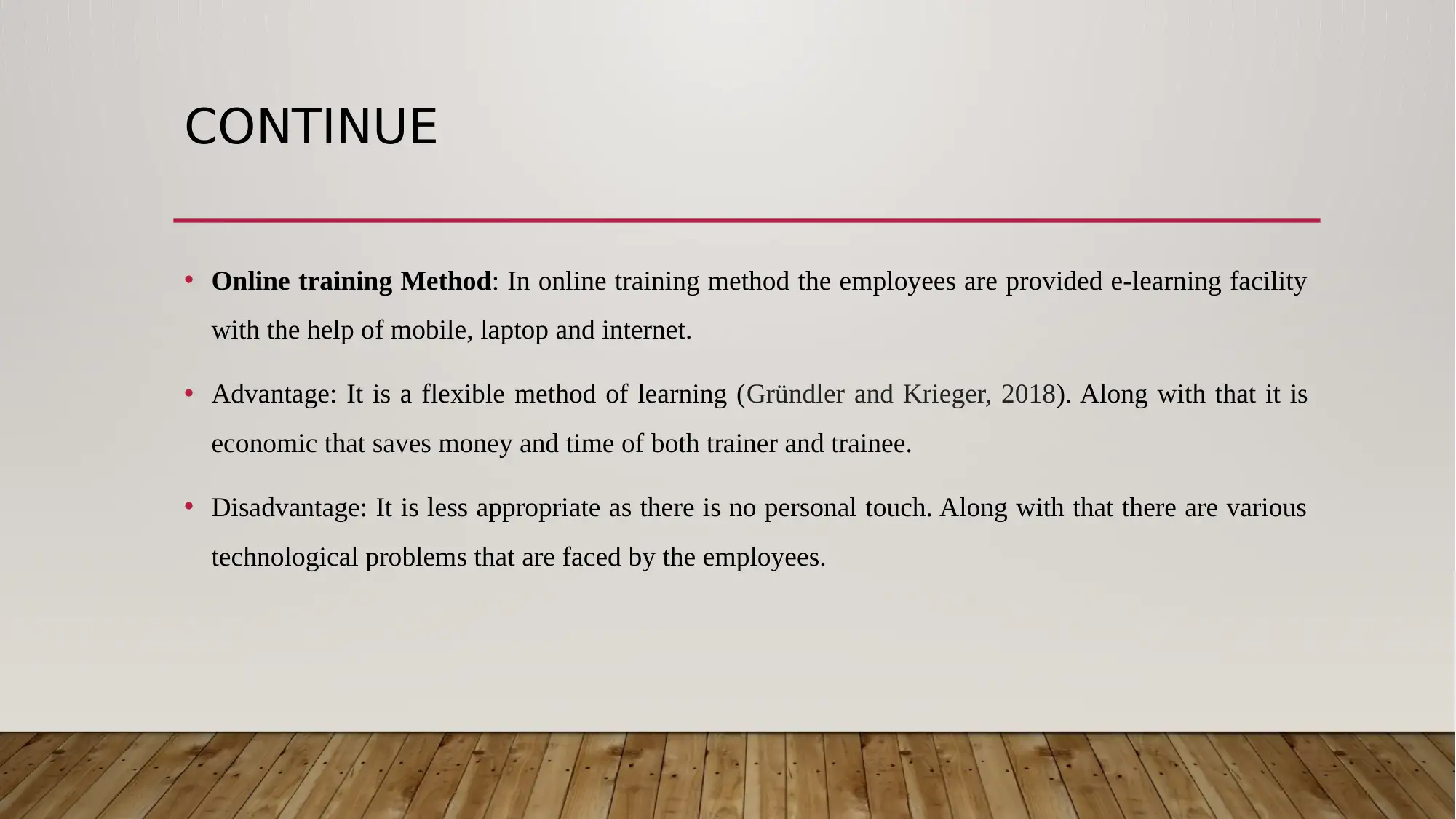
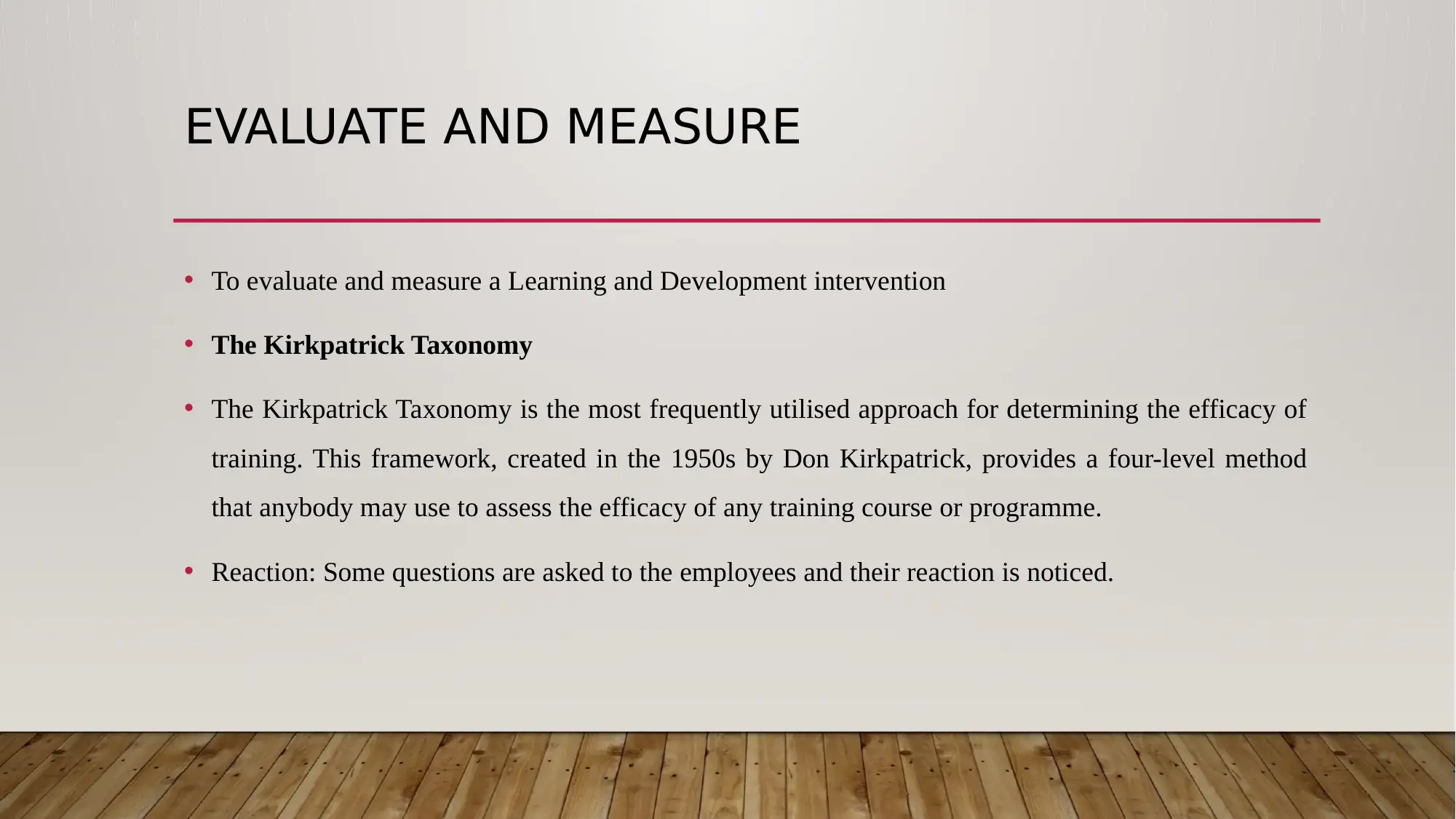








![[object Object]](/_next/static/media/star-bottom.7253800d.svg)